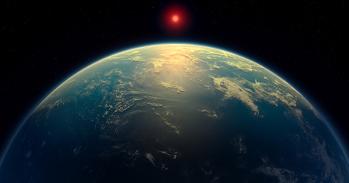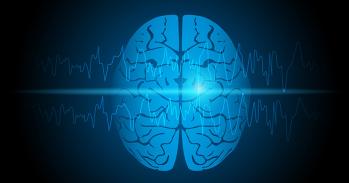
Cambridge academics have been honoured for their outstanding contribution to astronomy by the Royal Astronomical Society (RAS).
Cambridge academics have been honoured for their outstanding contribution to astronomy by the Royal Astronomical Society (RAS).
As is the case in so much of modern astrophysics, my scientific contributions are not the result of mere solitary activity, but are the outcome of collaboration with other astrophysicists and astronomers; I thank the many colleagues, now friends, with whom I have had the pleasure of working over the decades.
Professor Douglas Gough
Douglas Gough, Leverhulme Emeritus Fellow, formerly Professor of Theoretical Astrophysics has been awarded the society's highest honour: the Gold Medal for Astronomy.
Professor Gough studied for his BA in mathematics and PhD in astrophysics at Cambridge, returning to the Institute of Astronomy in 1969, becoming Deputy Director in 1993 and then Director from 1999 to 2004.
His main research interests are in the internal dynamics of stars; he discovered early in his career that the sun's oscillations could be used to probe the solar interior.
Holding an internationally leading role over more than four decades in stellar astrophysics, Professor Gough is also an inspiring teacher who has made extensive contributions to education.
Professor Gough said: 'As is the case in so much of modern astrophysics, my scientific contributions are not the result of mere solitary activity, but are the outcome of collaboration with other astrophysicists and astronomers; I thank the many colleagues, now friends, with whom I have had the pleasure of working over the decades.'
Professor of Image Science, Dr Craig Mackay has been awarded The Jackson-Gwilt Medal for his long-term work on astronomical instrumentation.
Dr Mackay completed his first degree in physics at the University of Edinburgh and then came to Cambridge to do a PhD in radio astronomy. Since then he has been increasingly interested in the use of modern detectors and computers for astronomical and other applications.
He has worked on a variety of visible and infrared detector systems including one of the main instruments on the Hubble Space Telescope.
Using a technique known as "Lucky Imaging ", his most recent work has given astronomers on ground-based telescopes, images that have three times the resolution of the best pictures from Hubble.
Dr Mackay said "This award is at least in part recognition of the remarkable contribution of British instrument builders to the development of charge coupled device detectors. Now widely used in cameras, video cams and mobile phones, the origins of CCDs were very much in astronomy. It is an excellent example of the way that government investment in astronomy has contributed to British industrial competitiveness."
The Fowler Prize for astronomy has been awarded to Visiting Researcher Dr Barbara Ercolano for her work and development on the MOCASSIN code, one of the most important astrophysical tools to have been created in the last decade.
Born in Naples, she completed her undergraduate studies at University College London, where she now holds an Advanced Fellowship.
Dr Ercolano completed her post-doctorate at Cambridge in April 2009, but has sustained an ongoing scientific collaboration with the Institute of Astronomy.
She said of the award 'I am absolutely delighted to receive this award from the RAS. I am extremely grateful to my colleagues at UCL, Harvard, the University of Cambridge and elsewhere who have helped, inspired and supported this work over the years.'
The prizes will be awarded at the 2010 National Astronomy Meeting, which will be held in Glasgow between the 12 and 16 April.
The Royal Astronomical Society, founded in 1820, encourages and promotes the study of astronomy, solar-system science, geophysics and closely related branches of science.
The RAS organizes scientific meetings, published international research and review journals, recognizes outstanding achievements, maintains an extensive library and represents UK astronomy nationally and internationally.
For more information please use the links top right of this page.
This work is licensed under a Creative Commons Licence. If you use this content on your site please link back to this page.





